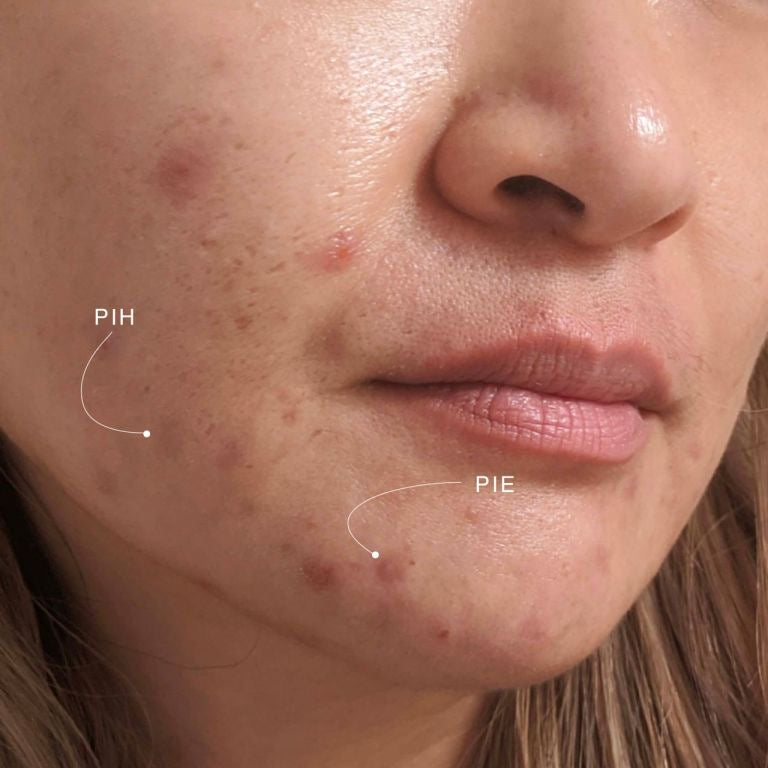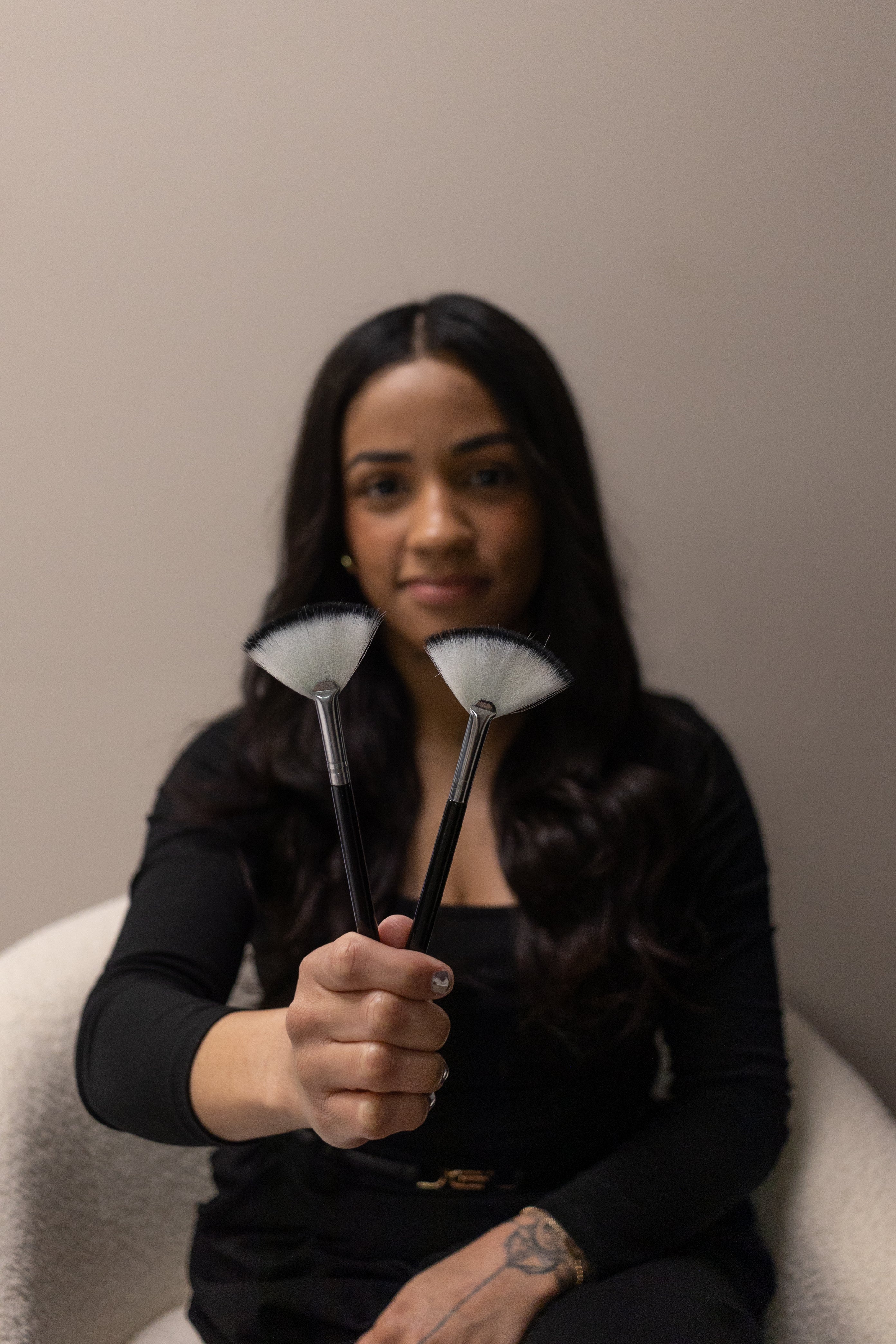So, you’ve made incredible progress toward breakout-free skin—congrats! But now, there’s some lingering pigmentation left behind? That red or purple pigment is called Post-Inflammatory Erythema (PIE), and it’s caused by inflammation in the skin.
When the skin experiences inflammation, it responds by increasing melanocyte activity, which can leave excess pigment on the top layers of the skin. Fortunately, because this pigment lies close to the skin’s surface, it is often more manageable to treat than deeper pigmentation issues.
Minimizing PIE During Your Skin-Clearing Journey
While it may not be entirely possible to prevent all pigmentation from forming during your skin-clearing process, using products that inhibit pigment formation and reduce inflammation can be tremendously helpful. My favorite go-to products are:
Melanotech Drops: These are fantastic for preventing and correcting uneven skin tone.
Beta Gel: This powerful anti-inflammatory gel helps reduce skin inflammation and promotes healing, making it a perfect addition to combat PIE.
In the Treatment Room: How We Address PIE
To treat PIE effectively, we focus on professional treatments that promote cell turnover and healing. Here’s what you can expect:
1. Chemical Peels: These peels stimulate new cell turnover, helping to reduce excess pigment by shedding the top layers of the skin.
2. DMK Enzyme Therapy: This specialized therapy is designed to boost your skin’s natural ability to heal, reducing both inflammation and pigmentation over time.
Consistency is key!
I understand it can be frustrating to deal with PIE after finally getting breakouts under control. It can feel like a whole new hurdle, but with patience and consistency, PIE will fade, revealing a clearer, even skin tone.
If you have any questions about treating PIE or your skin journey in general, feel free to reach out—I’m here to support you every step of the way!


